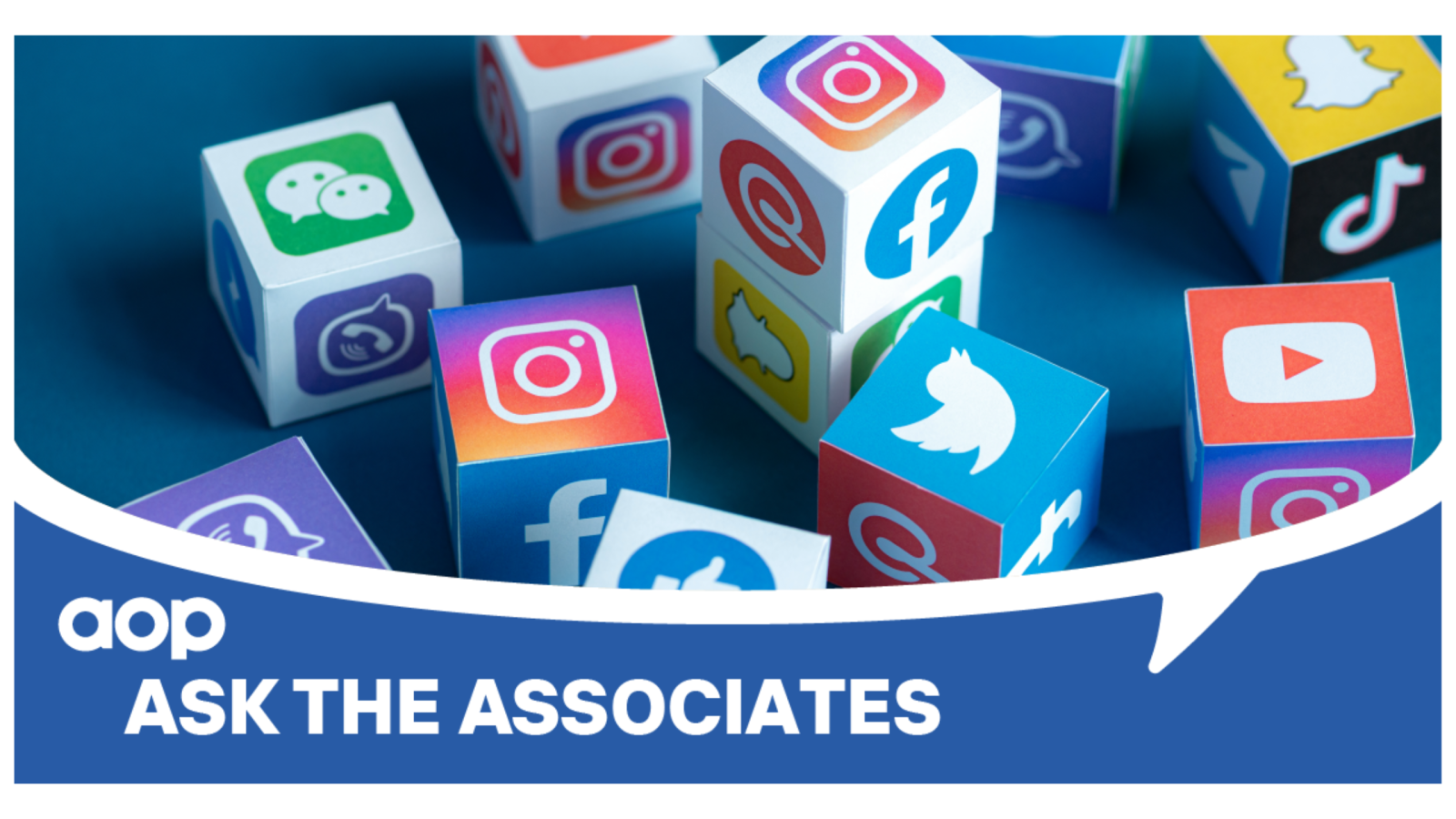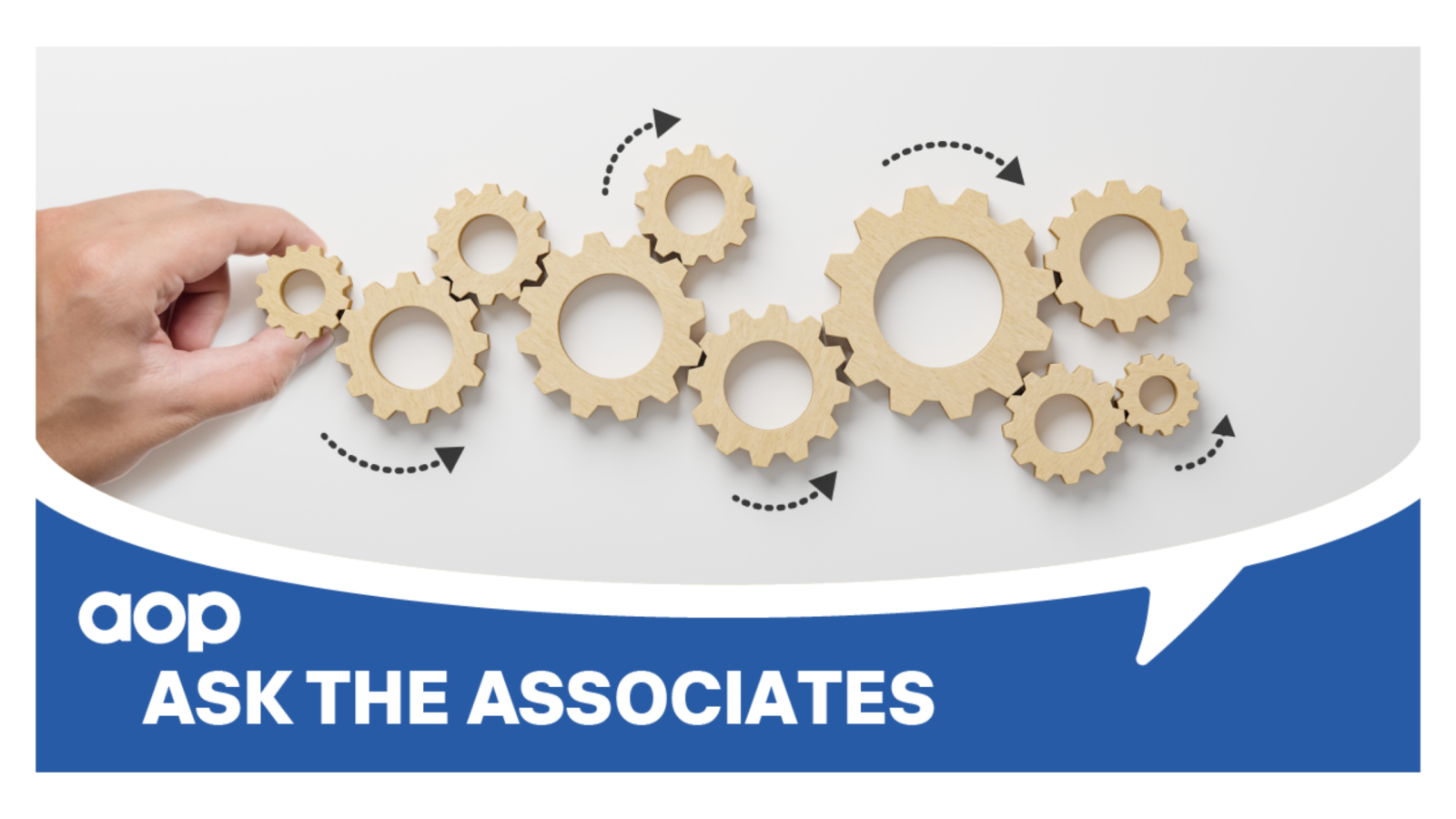
Nine tips to help you navigate the social platform disruption
Published: 17 Apr 2023
Hardly a day goes by when one social platform or another doesn’t make news. Twitter is facing a steep slump in ad revenues following a mammoth erosion of advertiser trust. The USA is currently considering legislation to block TikTok, whilst the UK and Australia have recently banned the app from government devices. As users flock to other apps, new platforms are rapidly emerging, but whether they’ll have any staying power remains to be seen.
With social media platforms facing continued upheaval, how should publishers be re-thinking their strategies to create and surface quality content? From reducing reliance on social platforms to data-driven content creation to the emergence on AI technologies, here are nine top tips from our Associate Members.
Engagement is as important as scale.
The best piece of advice would be to stay 100% focused on where your audience is. Find the right platforms to reach these audiences but don’t forget that engagement is as important as scale, especially if your goal is to drive acquisition or conversion. Engagement will increase through demonstrating a high level of expertise, authority and trustworthiness but tone is also a key factor and should reflect that of the platform and the audience on that platform.
On some platforms you’ll be competing for attention with everything from highly expensive, professionally produced content to UGC so don’t obsess over production values but think about what is the right way to speak to that audience.
David McMurtrie, Head of UK Publishers, Google
Be proactive in becoming less reliant on social media platforms.
When it comes to branded content campaigns, publishers have two main roles. Firstly, to produce content that will engage their audiences, and secondly to distribute that content as widely as possible. Publishers have traditionally taken advantage of social media’s reach to amplify their branded content messages to a wider audience, but what happens if those platforms start to lose their lustre? How can publishers justify a potential loss in reach?
Becoming less reliant on these platforms offers publishers two significant opportunities. Firstly, context – the campaigns appearing on the publisher’s site will benefit from the halo effect of the publisher brand and the relationship it has built with its audience. The medium is the message. And secondly, accountability - publishers which measure their branded content campaigns will have tangible evidence to show how activity is helping to drive key brand metrics for advertisers. These learnings can be used to optimise future campaigns. So the reality is that, longer term, a reduction in the influence of social media platforms may prove to be a blessing in disguise; forcing publishers to become more proactive and self-sufficient.
Sean Adams, Global Insight Director & Partner, Brand Metrics
Meet your audience where they’re already at and tailor your content accordingly.
Creating valuable, informative and engaging content that your target audience will find interesting is certainly key, but finding where your target audience are active and engaged is critical. This may be on your own properties, or on social platforms like Facebook or LinkedIn, but you shouldn’t rely on individual social channels alone – oversaturation, algorithm changes and lack of control are just some of the reasons why dependency on a single platform can’t be a long-term strategy, so be nimble and continue to test alternate environments.
Once you have found your audience, adapt by repurposing your original content into formats more native to that particular platform, such as videos, infographics, slideshows and blog posts.
David Jenkins, Commercial Director, Nativo
Embrace data-drive content-creation.
One of the key assets publishers have today is data — whether that is logged or non-logged information. By leveraging data with platforms such a CDP, publishers have the ability to understand what their users are reading and engaging with from a content perspective — which can then be fed into their content creation strategy (v.s editorial teams creating content based on what they think their audience will like). Through data driven content creation, publishers have a real opportunity to create a unique offering, in turn, enabling content to be surfaced effectively and standing out from the rest of the pack.
Phil Raby, General Manager International, mediarithmics
Using AI to inspire stand-out content.
As social networks are trying to create the best experience for their users, content which is most valuable to the readers will always be prioritized - therefore publishers need to ensure their content is unique and valuable. Easier said than done but it’s worth investing efforts in making sure their content stands out whether for its creativity or its data-driven approach based on research that they’ve conducted, this will give them an edge over other content creators.
Also, publishers need to create enough content that some of it gets picked up by the social networks’ algorithm, meaning they need a large volume of content. In order to scale, publishers need to leverage GPT3 (the engine for ChatGPT) when writing pieces as part of their editorial process. This will help them understand how unique and different their ideas are and inspire them with new creative ideas.
Asaf Shamly, CEO & Co-Founder, Browsi
Promote popular and timely content with programmatic DOOH.
The demise of the third-party cookie and turmoil within social channels opens up new omni-channel opportunities for publishers wishing to reach wider audiences for content, and/or offer commercial clients a fresh approach to media. Tactical programmatic DOOH has been successfully exploited by publishers to promote dynamically ‘of the moment’ stories. It has been used to amplify the best-performing social posts of the morning to DOOH, to target commuters that same afternoon. Automated amplification to mobile devices close to those panels strengthens the opportunity. Whether for content promotion or as a commercial offering, publishers should introduce pDOOH to bolster their fortunes.
James Booth, Founder & CEO, Scoota
Develop a 360-view of your content, audience, and performance.
Today, publishers should diligently observe and assess the performance of their content on social media platforms, striving to generate and share more high-performing material. They should also focus on identifying evergreen content that maintains steady traffic acquisition over time and ensures visibility on various social media channels. Additionally, understanding and leveraging dark social traffic or article with high engagement within the website, as its inherent viral nature makes it an ideal candidate for social media promotion and drives substantial traffic back to the website. In conclusion, it is essential for publishers to refine their workflow, integrating some strategies more seamlessly into the newsroom's daily operations and beyond. Ultimately, publishers must establish a structured yet adaptable process that effectively resonates with each of their micro-audiences
Alexian Chiavegato, CMO, Marfeel
Create a dynamic, personalised user experience.
Publishers must prioritize tailoring content and experiences to their audience. Social media platforms have long mastered personalizing user experience, creating a unique value proposition and keeping audiences engaged for longer. Publishers can learn from social platforms, and work to create a dynamic user experience on their properties, identifying their users’ interest and behaviour on their site. Using analytics and data to understand their audiences, identify behaviours and segment users is crucial. By analysing engagement rates, publishers can make data-driven decisions on which content to promote and how to create a UX personalized to each user. They can even experiment with AI technologies that supplement editorial expertise to personalize user experience further. To succeed, publishers need to be adaptable and innovative in their approach to build a returning, engaged user base and rely less on third party sources for traffic moving forward.
Jason Iliou, UK Publisher Account Director, Taboola
Build seamless end-to-end user environments.
Social media is continuously changing in major and unpredictable ways, from their layouts to their algorithms. As a counterweight, publishers should offer users stability with their own complementary content.
By building their own video strategies and creating exclusivity for their target audiences, publishers can create seamless end-to-end environments for users that are both engaging and brand safe. Content that is contextually relevant and matched to the webpage article is found to be 73% more appealing to consumers and as a result improves the publisher's ROI.
Grace Brecknock, UK Marketing Manager, ShowHeroes Group
Interested in discovering more about how you can repurpose your content? Join us at AOP CRUNCH on May 25th to learn more.
Categories: AOP News | Ask the Associates
